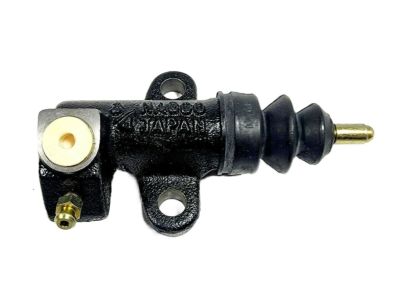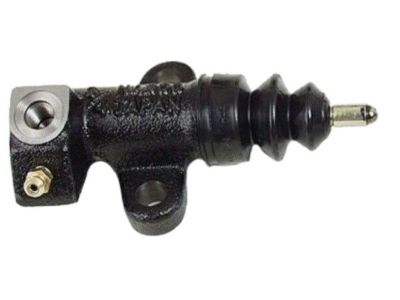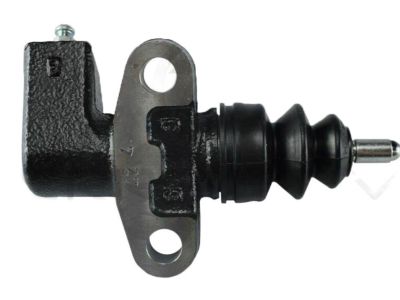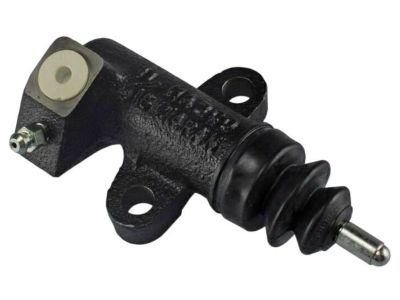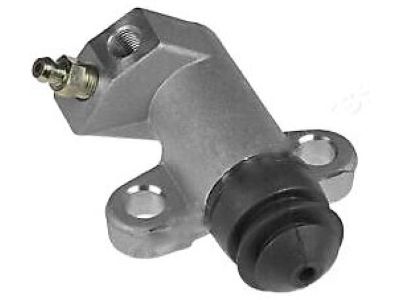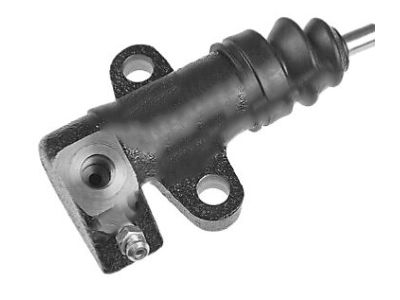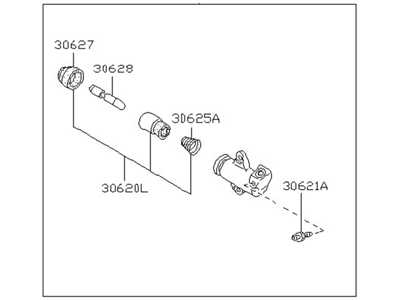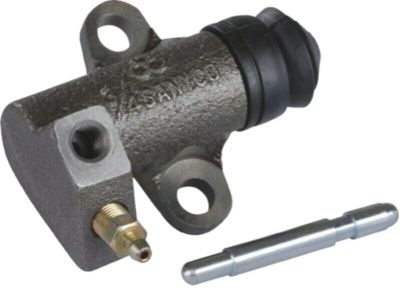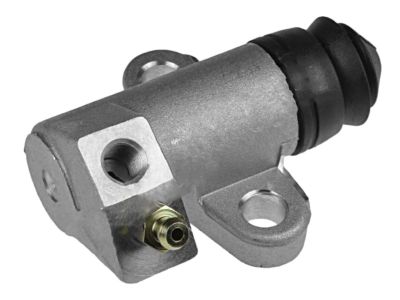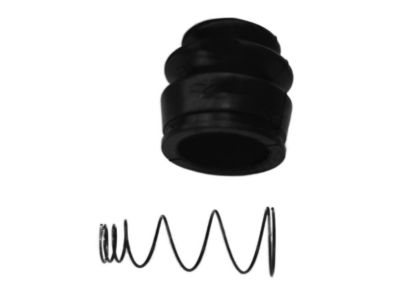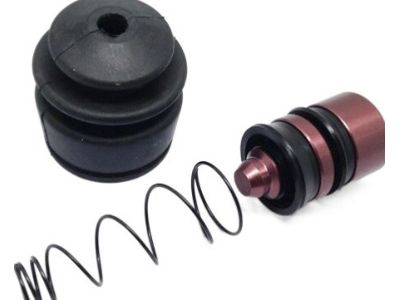×
- Hello
- Login or Register
- Quick Links
- Live Chat
- Track Order
- Parts Availability
- RMA
- Help Center
- Contact Us
- Shop for
- Nissan Parts
- Nissan Accessories

My Garage
My Account
Cart
Genuine Nissan 240SX Clutch Slave Cylinder
- Select Vehicle by Model
- Select Vehicle by VIN
Select Vehicle by Model
orMake
Model
Year
Select Vehicle by VIN
For the most accurate results, select vehicle by your VIN (Vehicle Identification Number).
7 Clutch Slave Cylinders found

Nissan 240SX Cylinder Clutch
Part Number: 30620-18V01$68.07 MSRP: $96.15You Save: $28.08 (30%)Ships in 1-2 Business Days

Nissan 240SX Cylinder Clutch
Part Number: 30620-69F01$68.07 MSRP: $96.15You Save: $28.08 (30%)Ships in 1-3 Business Days
Nissan 240SX Cylinder Clutch
Part Number: 30620-69F02$68.07 MSRP: $96.15You Save: $28.08 (30%)Ships in 1-2 Business Days
Nissan 240SX Cylinder Clutch
Part Number: 30620-69F03$68.07 MSRP: $96.15You Save: $28.08 (30%)Ships in 1-3 Business Days
Nissan 240SX Piston Kit-Clutch Operating Cylinder
Part Number: 30621-0W025$22.74 MSRP: $31.35You Save: $8.61 (28%)
Nissan 240SX Clutch Slave Cylinder
If you need any OEM Nissan 240SX Clutch Slave Cylinder, feel free to choose them out of our huge selection of genuine Nissan 240SX Clutch Slave Cylinder. All our parts are offered at unbeatable prices and are supported by the manufacturer's warranty. In addition, we offer quick shipping to have your parts delivered to your door step in a matter of days.
Nissan 240SX Clutch Slave Cylinder Parts Questions & Experts Answers
- Q: How do you remove and install the Clutch Slave Cylinder, and what steps are involved in overhauling it on Nissan 240sx?A:To remove the slave cylinder of the clutch following procedures should be taken,the bolts holding the master cylinder in place should be removed; the pushrod should be separated from the shift fork; the flexible fluid hose should be disconnected; and finally the cylinder should be pulled out of the car. Engagement is in the reverse while bleeding occurs to the clutch hydraulic system. For overhaul start with the removal of the slave cylinder together with the pushrod and the boot. To expel the piston, use compressed air but with caution that it is not until the piston is fully expelled. Wash all the aforementioned components with clean brake fluid and examine the slave cylinder bore and piston for major signs of wear or severe scratching and replace it; minor scratches can be done away with while using crocus compound and clean brake fluid. The piston cup should normally be replaced during the time of disassembly, so evaluate for wear, fatigue, or scoring. The rubber boot should be replaced if the it is worn out; new parts should be lubricated with clean brake fluid and then assembled cautiously so that the piston cup is not damaged. Add brake fluid into the master cylinder, bleed the clutch hydraulic system, open the cap of the clutch fluid reservoir, check the level of clutch fluid and then add it as required, removed the dust cap of the bleeder screw and vacuum the entire tube from it, placing the other end of the tube in a container. Vitality to press and hold the clutch pedal and unscrew the bleeder screw then screw it and release the clutch slowly and do this over and over until no bubbles emerge from the ejection of the old fluid. Remove all air, tighten the bleeder screw and put the dust cap back on, fill the master cylinder reservoir, and test the operation of the clutch several times and look for leaks.
